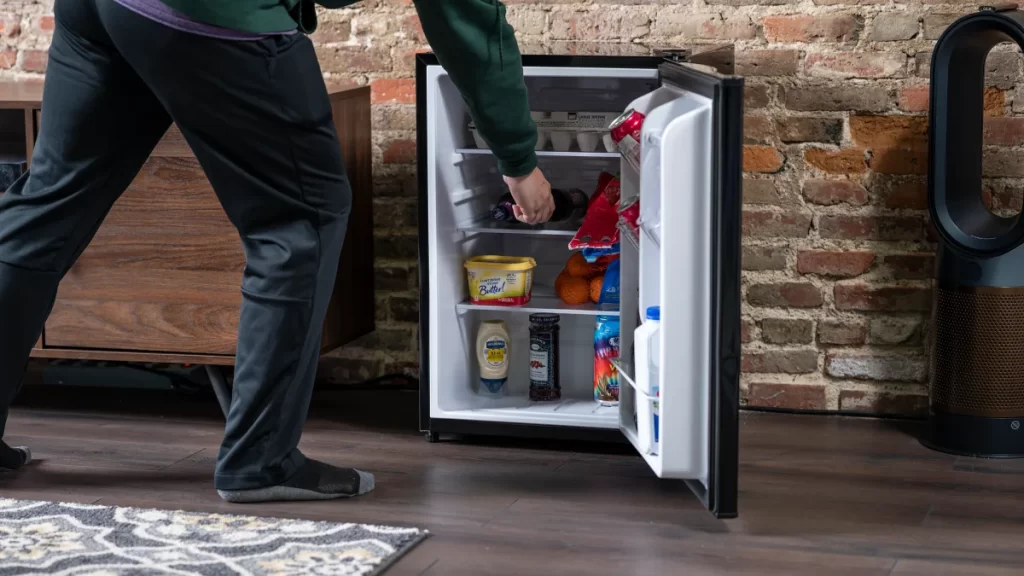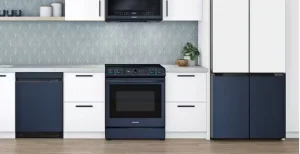Buying a Mini Refrigerator For Home

When shopping for a mini refrigerator for your home, there are several factors that should be considered. First of all, consider how much space it needs. A mini fridge can hold a variety of items, including ice cream, beverages, and fresh food. For best results, make sure that the appliance has enough space to accommodate all of your needs. Depending on how much space you have available, you may be able to get a 3.1 cubic foot model.
The design of the mini fridge is another important consideration. Those buying them for beverages will not need a lot of shelf space. Those who use them for overflow will want a model with two to three shelves, convenient bins, and door storage. If you want to use the mini fridge for storing food, make sure it comes with a handle so you can easily transport it from room to room. Also, make sure it is durable to last for many years.
Another important feature of a mini refrigerator for home is interior lighting. The light can help you see what you’re looking for in the refrigerator’s shelves and bins. Although this feature isn’t necessary for every situation, it can be a great benefit when you’re in a darkened room. Interior lights can be a single bulb or LED strip. It’s best to place them where they won’t be blocked by other items.
While a traditional refrigerator can store up to five gallons of liquid, a mini fridge is much more versatile. Its small size makes it easy to fit underneath a counter and is also great for late night snacks or drinks. It’s even small enough to fit under a counter, making it convenient for people who need to chill full wine bottles and other snacks. A mini fridge for home is the perfect choice for those with limited space.
While you can choose between countertop and freestanding models, the capacity of a mini fridge will vary. Countertop models usually measure between three and four cubic feet, while freestanding mini fridges will range anywhere from six to thirty inches in height and twenty inches in width. The capacity of a mini fridge will determine how much food it can hold. A good tip when buying a mini refrigerator for your home is to take measurements of the available space before making a purchase.
Purchasing a mini refrigerator for your home is a great way to save space and improve your efficiency. The GE Mini Refrigerator, for example, is one of the best mini fridges on the market, with 5.7 cubic feet of storage space and a dedicated freezer compartment. The refrigerator has no freezer, but it has several other useful features. If you’re not sure what size mini fridge you should buy, you can read our review to help you decide which one would be the best fit for your needs.
A good mini refrigerator should be frost-free and feature a manual temperature control and defrost mechanism. A good mini refrigerator should also be ozone and climate-friendly. Many traditional refrigerators use CFCs and HFCs to cool their contents. This fridge has an ozone-friendly design that uses solid polyurethane foam as an insulating material and helps preserve the food it holds. However, be aware that some mini refrigerators are frost-free and need to be manually defrosted.






